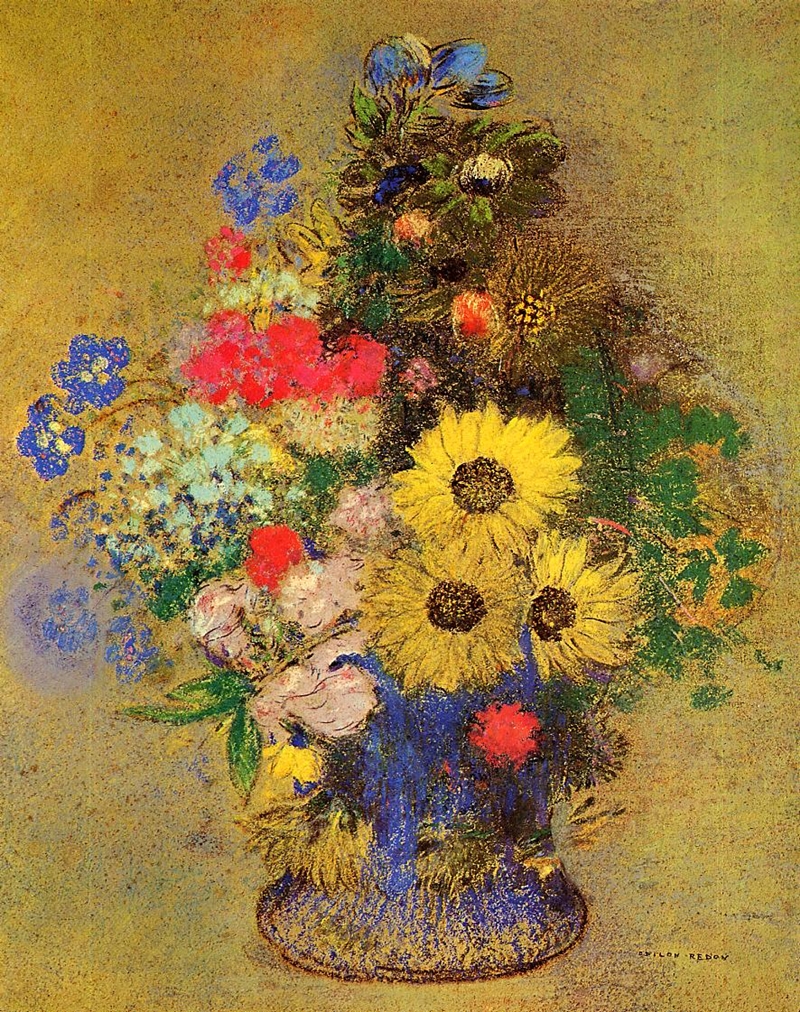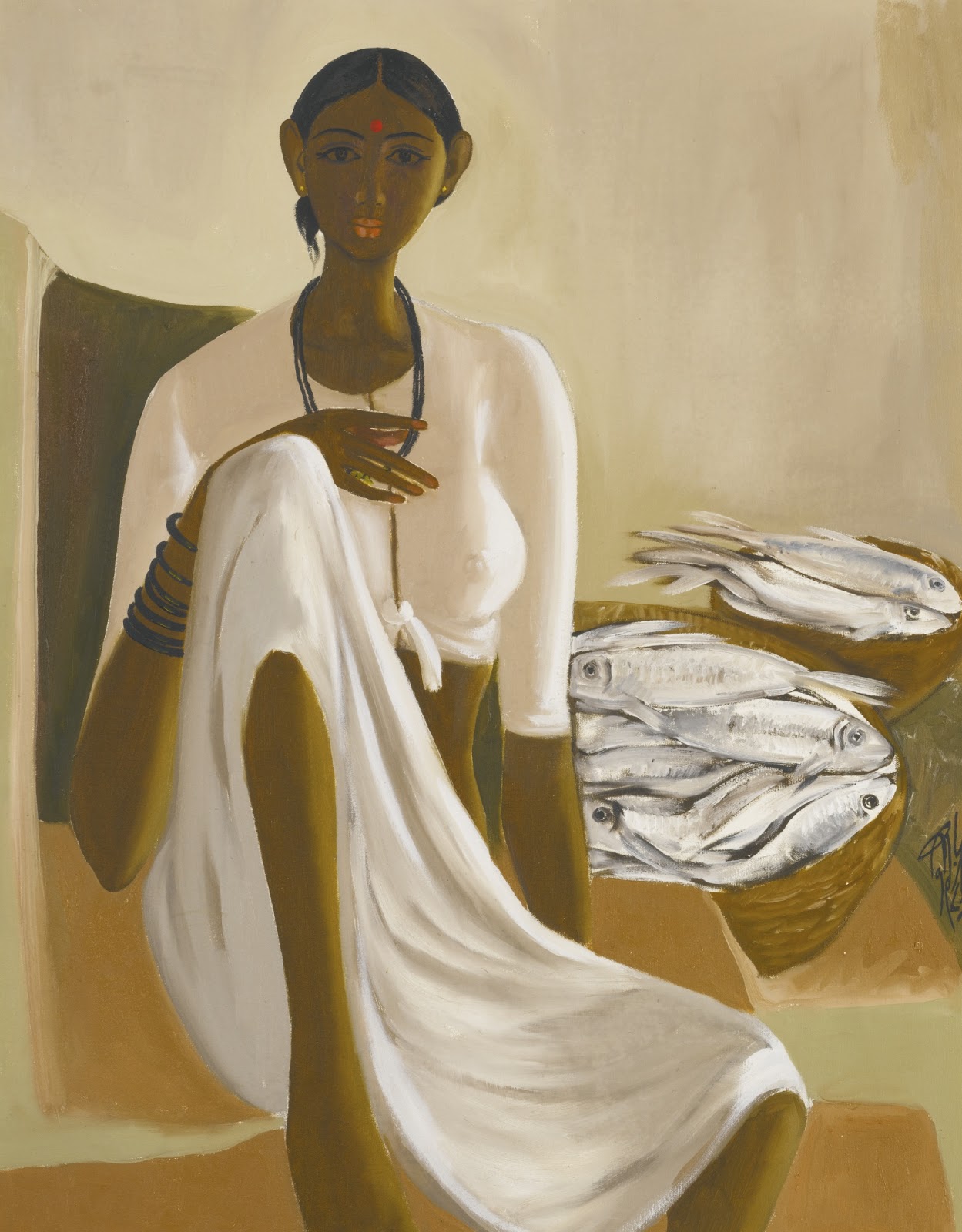Odilon Redon🎨's work represent an exploration of his internal feelings and psyche.
He himself wanted to "place the visible at the service of the invisible"; thus, although his work seems filled with strange beings and grotesque dichotomies, his aim was to represent pictorially the ghosts of his own mind. Redon🎨 also describes his work as ambiguous and undefinable:
"My drawings inspire, and are not to be defined. They place us, as does music, in the ambiguous realm of the undetermined".














